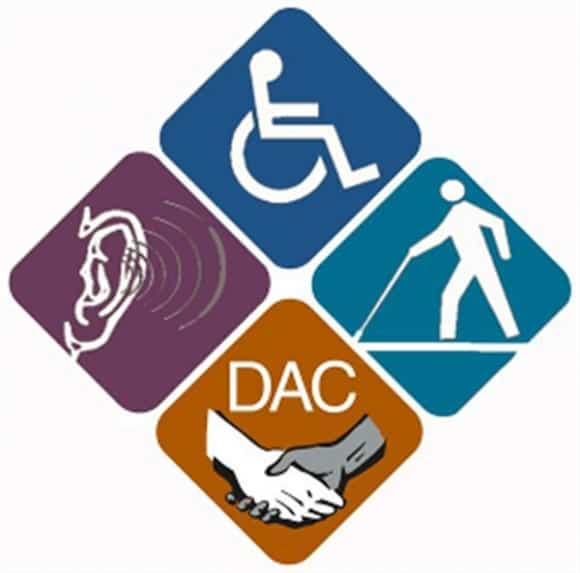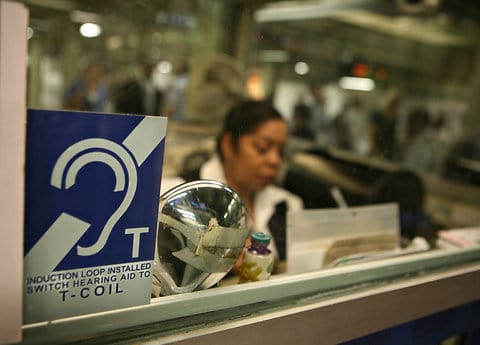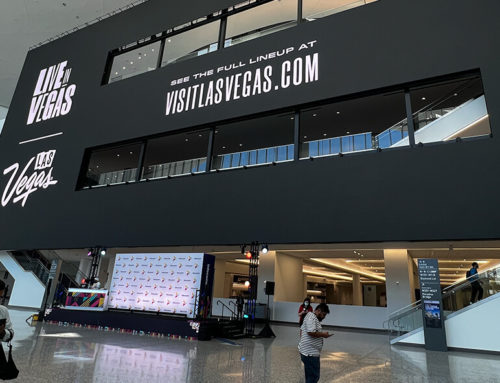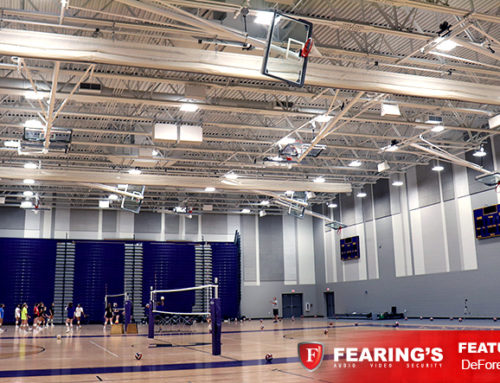If you’re in the construction industry, then you are more than aware of the Americans with Disabilities Act of 1990. More commonly known as ADA, this act has an impact on the construction of buildings of any kind and entails certain requirements that must be met to ensure American’s with disabilities receive the same equality or similar to the general public in a public facility. But what about those outside of the construction industry? How many Executives pay attention to ADA requirements and whether the buildings they are running are following these standards? Today we will delve into more recent modifications from the last few years to the ADA in regards to assistive listening.
On September 15, 2010, a series of revisions to the 1990 ADA were published by the Department of Justice. Although they were subtle changes, they were quite a big deal and highly impactful on every AV system being built or upgraded today. The ADA defines an Assistive Listening System as an amplification system that uses transmitters, receivers, and coupling devices to bypass acoustical space between a sound source and listener by means of infrared, radio frequency, induction (hearing) loop or direct wired equipment. So why are we bringing this up now? Although the ADA was revised in 2010, it didn’t start affecting construction until March of 2012 and a lot of business owners are still unaware of these requirements and the needed steps to fix, change and update any current and future sound systems to ensure they are continually being met. Navigating the many details of the new modified standard can be long and painstaking, so I’ve provided the most important aspects as it pertains to ADA Assistive Listening:
-In each assembly area where audible communication is integral to the use of the space an assistive listening system shall be provided. The definition of
LOOP-2-blog480“assembly area” covers pretty much any place where a group of people might get together and is not tied to the occupancy of the room as in previous standards.
-Assistive Listening is now essentially required anywhere there is amplified sound. This is a big one as many buildings and facilities fail to provide any type of assistive listening, whether it be traditional or more modern approaches.
-The newly modified standard now calls for a scaled quantity of receivers, not 4% of the seating as was previously directed. For larger facilities this may reduce the quantity of devices that were previously required.
-The new ADA Standard defines “hearing aid compatible receivers” as a device that will interface with telecoils through a neck loop. The standard goes further and requires that at least 25% of receivers for the space must be hearing aid compatible.
Realizing your building or future construction with amplified sound may be in need of an assistive listening upgrade? Fearing’s is a leading provider of induction loops (commonly referred to as hearing loops) throughout Wisconsin. You can read more about the advantages of these systems as opposed to traditional devices here or call and set up a free expert consultation today!














